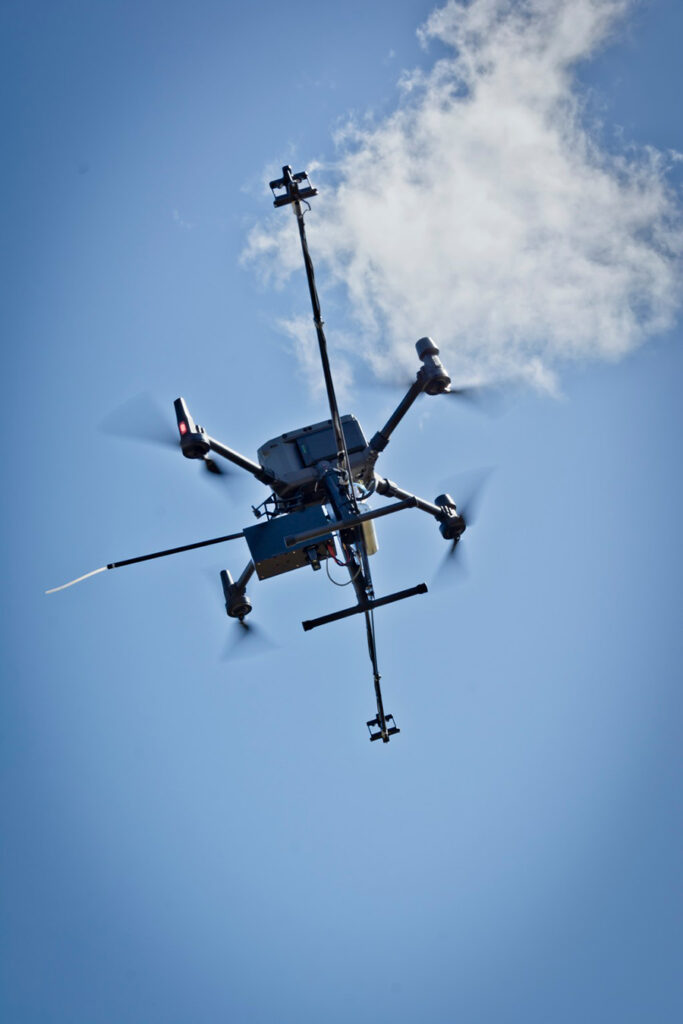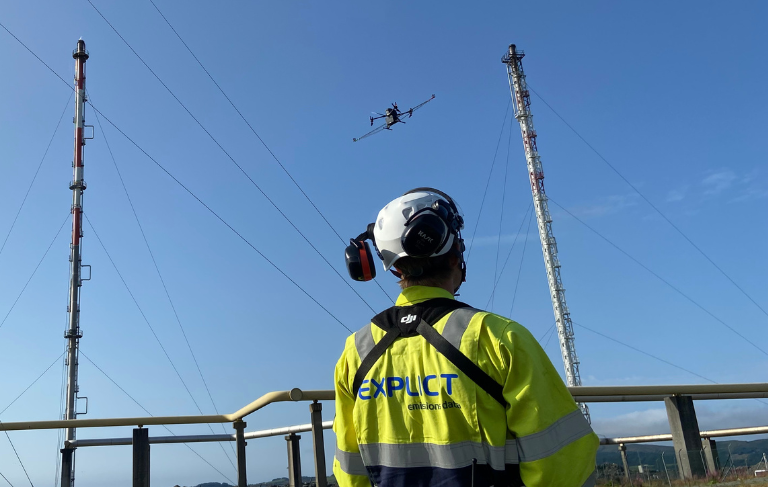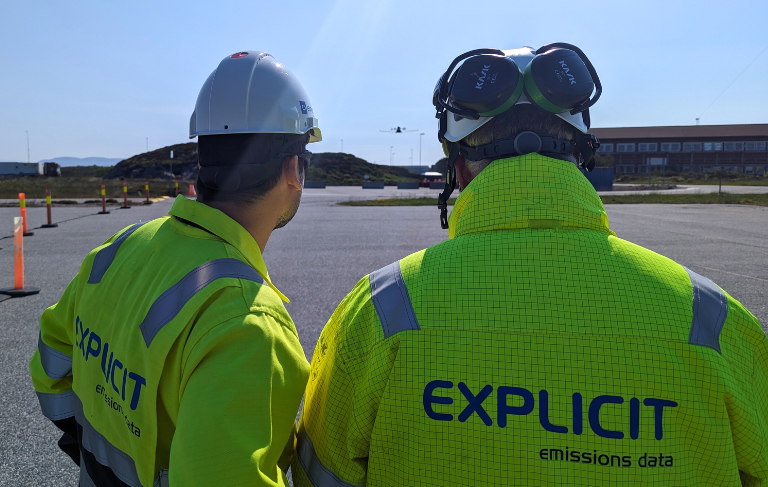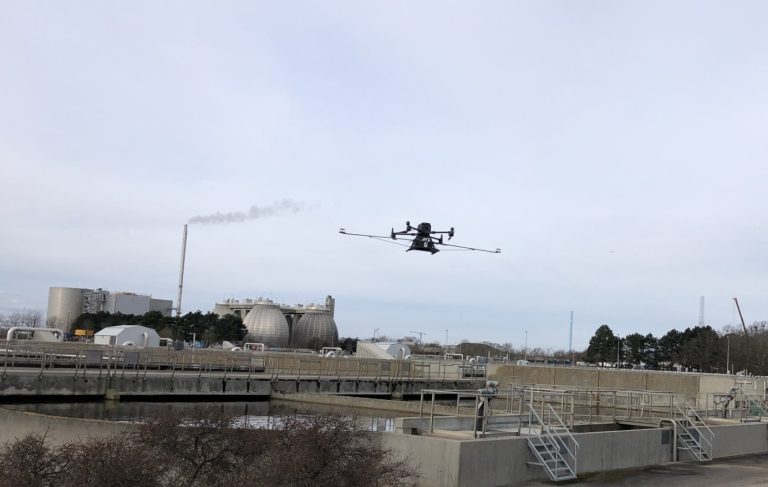Methane emissions monitoring is evolving rapidly, with drone-based surveys providing more accurate and reliable solutions than ever before. However, one critical challenge remains: How do we correctly account for background methane concentrations in the atmosphere? And how do we subtract them correctly in the reported emission rate?
At Explicit, we’ve spent over a decade conducting aerial emission surveys, and one of our key insights is that background methane levels are far more dynamic than traditional survey methods assume. They cannot accurately be expressed – or deducted – as an averaged value over a large survey area like a vertical measurement plane. At least not in a spot observation.
The misconception of a fixed background level
Most site-level survey techniques treat methane background as a singular, consolidated value, typically between 1.7 and 2.0 ppm, depending on the source. The assumption is that this single number can be subtracted from measured concentrations to determine the actual emissions from a site.
But what if that assumption is flawed?
The reality is that background concentrations of methane fluctuate significantly at the micro-atmospheric level. These variations can’t be accurately captured by applying a single background value across an entire survey area. If background is treated as a static number, the resulting emissions data may carry hidden uncertainties that compromise accuracy.
The reality of background variability
Our field data shows that background methane levels are not uniform. Instead, they fluctuate due to multiple factors:
- Altitude variations: methane concentrations change as you ascend through atmospheric layers.
- Localized sources: emissions from distant sources, sometimes from miles away, may impact the local atmosphere and can cause elevated background methane levels.
- Environmental factors: atmospheric conditions further complicate the picture, making a fixed background value insufficient.
If you treat background as a generalized value, you are not only ignoring an important source of variance that could impact your measurement environment, you also risk injecting hidden uncertainty into your quantitative result because of a lack of data granularity.
Explicit’s DFM Method: Taking background dynamics into account
Explicit’s DFM (Drone Flux Measurement) Method takes background variability into account when reporting quantitative results. The reported CH4 emission rate is not derived by deducting a singular background value. Instead, background is treated as a dynamic factor, creating a more robust measurement methodology that is capable of handling background fluctuations and/or contaminations without impacting the isolated source result.




